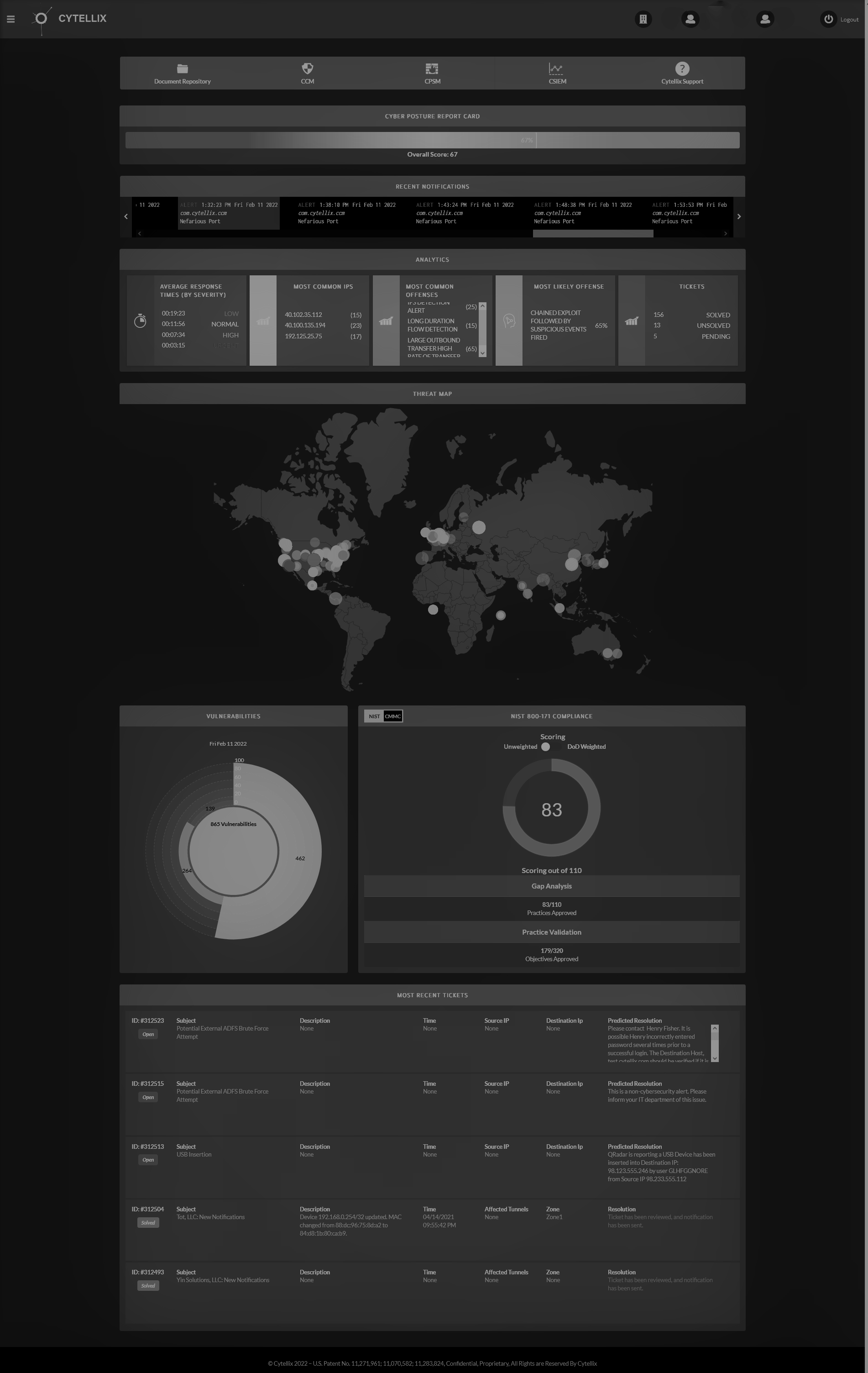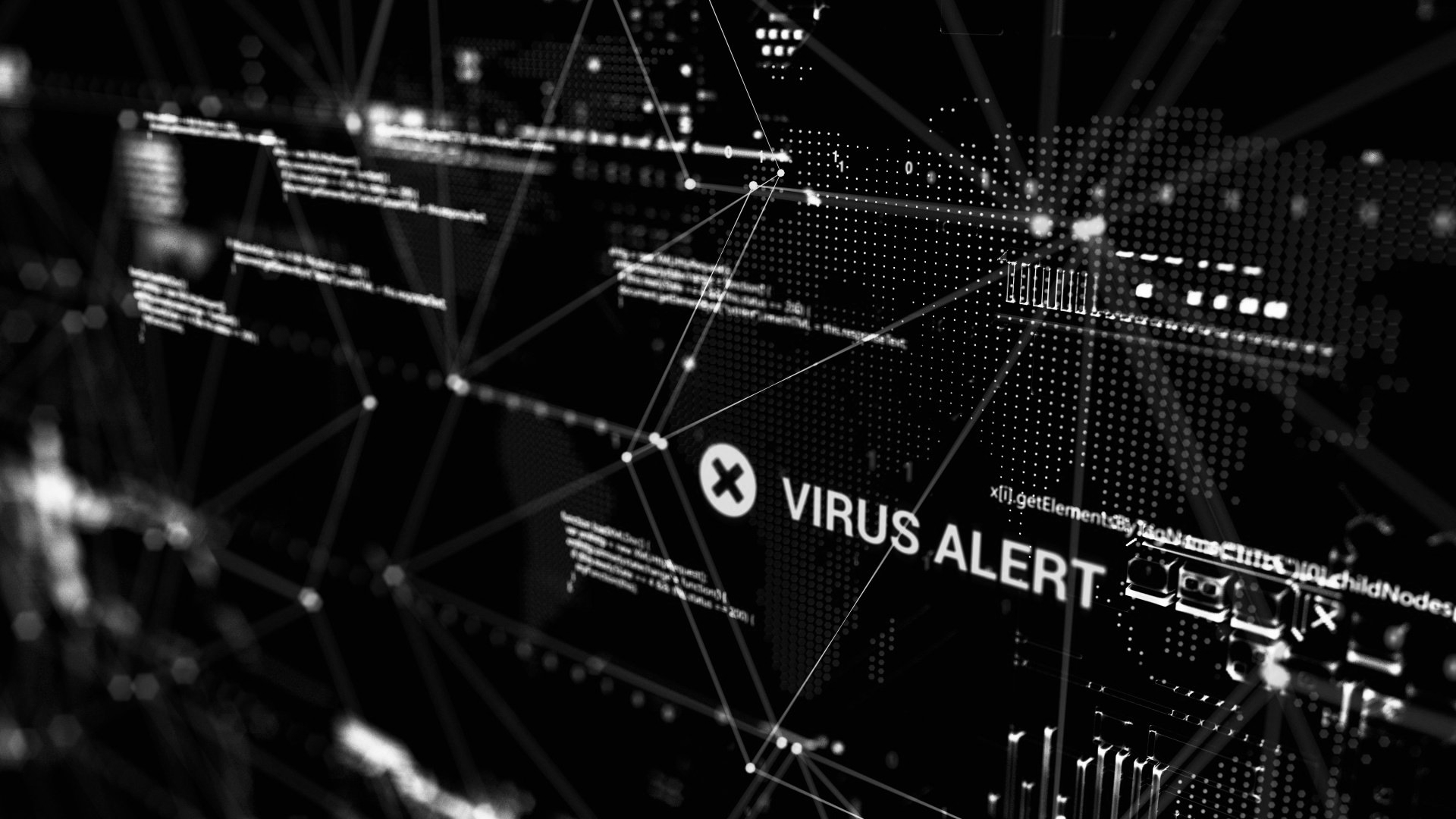Top 3 Signs Your Cybersecurity Isn't Up To Snuff

Technology is a magical thing. Thanks to its advancement, we can now store billions of data sets in the cloud that can be accessed from just about anywhere. Businesses have quickly started to rely on clouds, networks, the Internet of Things, and more to keep their processes streamlined. Though it is a wonderful thing, this cloud-based business world does have its downfalls. Cybercriminals have been cracking codes and profiting from weak security solutions for years. Many businesses don't realize they're in danger of attack until it's too late. Here are three signs that suggest your company's cybersecurity isn't up to snuff.
Your Network is Not Secure
The first red flag to look out for is your network. Firstly, does your company have their own private network? If you do, is it secure? Many business owners are lulled into a false sense of security because nearly all networks are classified as "secure." What they don't realize is that there are many, many different levels of security when it comes to networks. The most secure networks have many layers of security protocols in place at the edge of the network and throughout it. Here are a few things to look for:
- Firewalls
- Anti-virus and anti-malware software
- Network segmentation
- Access control
- Secure cloud storage
- Data loss prevention plans and systems
- Virtual Private Networks (VPN)
There are many more moving parts to a truly secure network, but these are some of the fastest and easiest to spot. If you're missing any of these key players, chances are good that your network isn't as secure as you might think. Network Situational Awareness is key to understanding and protecting your infrastructure from cybercriminals. You should have a continuous view of the entire network to spot any abnormal happenings or unusual behavior analytics. The more safeguards you have for your network, the harder it will be for unauthorized visitors to get their hands on your sensitive data. Network Situational Awareness is absolutely key to protecting your business. Do a deep dive into your network to see if you have everything you need to make it truly secure. If you wind weak spots or blind spots, it's time to call in the experts to help you better your system.
You Do Not Have A Cybersecurity Continuous Monitoring System
Another immediate red flag to look out for is lack of continuous monitoring solutions. Cybersecurity continuous monitoring enables awareness capabilities to quickly access a stream of real-time data reflecting the state of risk to your security posture, the network, endpoints, and even cloud devices and applications. Cytellix has created an all-in-one, 360-degree view of the entire company called the Cytellix Cyber Watch Portal (CCWP). This always-on solution acts as a visibility dashboard, allowing you to see all aspects of the company from one view. It will monitor behaviors, network security, new devices, potential weaknesses, and more for you and can even implement solutions on your behalf. The Cytellix Cyber Watch Portal keeps an eye on everything so that you don't have to. When you have continuous cybersecurity monitoring, you'll find abnormalities or new weaknesses almost immediately so that you can make corrections as needed. The stronger your monitoring system, the less likely you are to suffer a cyberattack. To put into perspective exactly how much a solution like the Cytellix Cyber Watch Portal can help, let's look at what it has to offer:
- Quickly identify a steady-state that is used as a baseline for what is normal within the system.
- Patrol and protect endpoints and perimeters.
- Detect breaches as soon as they occur.
- Adapt to changing environmental infrastructure to tune and refine results.
- Report, map, and visualize data from the entire business. A visual expression of your network and current IT infrastructure.
- Alert and warn about anomalies and prioritize them by urgency.
- Receive visibility of every device, and every connection, on your network, so you have a complete and accurate inventory of all routes and appliances that run on it.
It's Been Awhile Since You've Assessed Risk And Compliance
The last thing you want to look for to determine if your cybersecurity measures are adequate is how often you assess risk and compliance to security regulations. If your company can't remember the last time these things were looked at, you're likely at risk for cyberattack. Frequently assessing your performance is key to spotting issues and patching holes before they become problems. Managing risk can be a huge undertaking, especially if you work with third-party vendors. If you're looking to accurately assess the risk involved with your current infrastructure, call in the experts like the Cytellix team! Governance and Risk Management Solution will measure and "rank" an organization or family of organizations cybersecurity posture to ensure that they are not a weak link in your security system. Cytellix can identify high-risk 3rd parties, assess their cyber risk, potential vulnerability impact, and monitor controls to keep risk low.
While you're assessing risk, you may as well assess your compliance to cybersecurity regulations as well. Professionals like Cytellix can handle that for you as well. We will take a look at your cybersecurity solutions to make sure you are in compliance with industry standard frameworks such as: ISO27000, NIST CSF, PCI, SEC, NIST-800-171 and CMMC and others. Regulated industries are required regulations, so it's good to get a jumpstart on preparing now. We will assess your current system and offer suggestions to help you meet standards. We can even help you design, build, and implement new solutions that we suggest based on our assessment. When you have a better understanding of risk and your current cybersecurity standards, it's easier to prepare for the future and improve the business.
There are, of course, many other indicators that your cybersecurity is not up to par, but these three are some of the most fundamental and easiest to spot. When in doubt, it's always a good idea to contact experts in the field who can do a complete scan of your infrastructure and let you know what you're doing well with and what needs improvement. Cytellix has helped hundreds of companies improve their cybersecurity and we can help you too! Contact our team at (949) 215-8889 or leave us a message at https://www.cytellix.com/contact.
We look forward to hearing from you soon.

Cytellix has expert capabilities in cybersecurity technology, risk management frameworks (RMF, NIST, CMMC, GDPR, FFIEC, ISO) and provides a complete visibility platform that supports: DoD customers, DIB Customers, DoD Supply Chain, and other highly regulated industries (Finance, Automotive, Life Science, Utilities, State and Local Government). Our technology stack includes GRC, EDR, MDR, XDR, SIEM as Service, 24x7 SOC, Vulnerability Management, Real-time continuous cyber monitoring, Firewall Management, and threat hunting and threat correlation.












